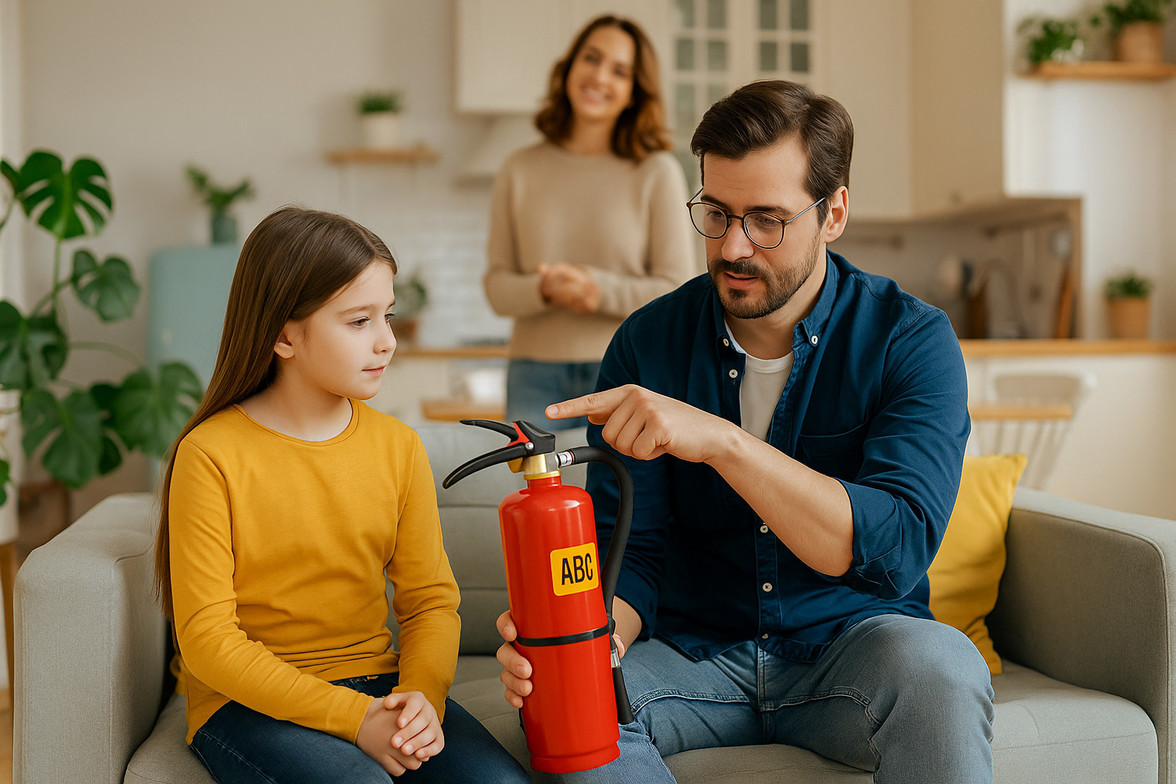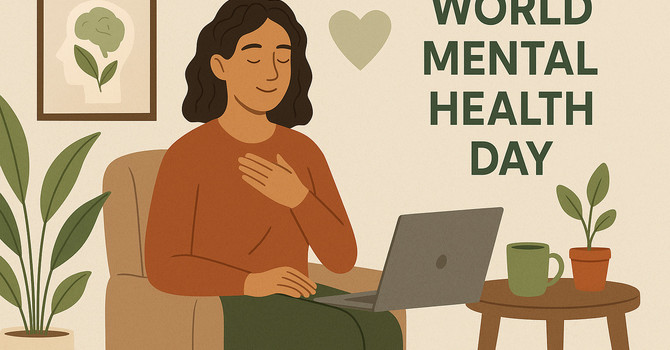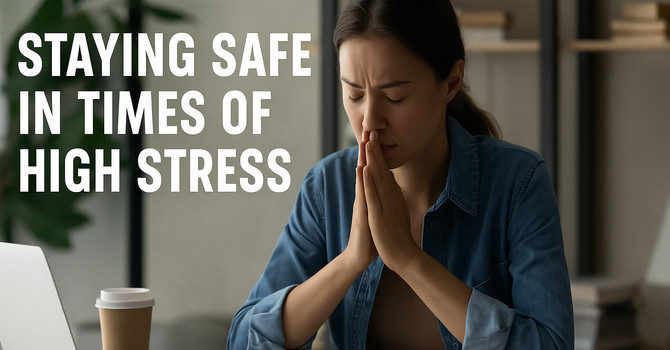
Workplace safety is a well-established and widely accepted standard across industries. We participate in safety meetings, follow established policies and procedures, complete hazard assessments, wear the correct personal protective equipment (PPE), and prepare for emergencies. But have you ever paused to consider whether you bring those same habits and practices home?
Safety doesn’t end when you clock out. In fact, home is where most of our lives happen—and where many injuries occur. By bringing the safety mindset home, we not only protect ourselves but also set a positive example for our families. So, what lessons can we take from the workplace and apply at home?
Here are some core workplace safety elements that can (and should!) be integrated into home life:
1. Hazard Identification and Risk Assessment
At Work: We conduct hazard assessments before starting a task to identify and control potential risks.
At Home: Before starting a DIY project, cleaning with chemicals, or even mowing the lawn—ask: What could go wrong? How can I prevent it? This habit helps prevent accidents like slips, cuts, burns, or exposure to harmful substances.
2. Emergency Preparedness
At Work: Fire drills, emergency response plans, muster points, and first aid training are standard.
At Home: Have a family emergency plan. Ensure everyone knows exit routes, how to use a fire extinguisher, and where emergency kits and first aid supplies are located. Practise fire and evacuation drills with your family regularly.
3. Housekeeping
At Work: Clean, organized workspaces reduce hazards.
At Home: Keep walkways clear, store items properly, and maintain clean, clutter-free areas. This reduces the risk of trips, falls, and other injuries—especially for children and the elderly.
4. Personal Protective Equipment (PPE)
At Work: Safety glasses, gloves, steel-toe boots, and more are worn for protection.
At Home: Use appropriate PPE when using tools, handling chemicals, or engaging in hobbies like woodworking or gardening. Even tasks like painting or deep-cleaning may require gloves and eye protection.
5. Ergonomics
At Work: Proper workstation setup is essential for injury prevention and productivity.
At Home: Apply the same ergonomic principles to your computer area, kitchen tasks, and lifting techniques. Encourage kids doing homework to sit with proper posture, and set up home offices with supportive chairs and screen height awareness.
6. Mental Health and Psychological Safety
At Work: Respectful workplaces, mental health resources, and stress management are increasingly prioritized.
At Home: Create an environment of psychological safety. Encourage open communication, support each other emotionally, and recognize stress triggers. Mental wellness is just as important at home as it is on the job.
7. Safe Driving Practices
At Work: Companies may offer defensive driving training and vehicle inspections.
At Home: Practise safe driving habits—no distractions, no speeding, no impaired driving. Ensure your vehicle is maintained, and teach young drivers the importance of safety behind the wheel.
8. Training and Knowledge Sharing
At Work: Ongoing safety training keeps everyone informed and aware.
At Home: Teach your family about safety. Show children how to safely use tools, appliances, and kitchen equipment. Share knowledge about emergency contacts, fire safety, and household rules.
9. Reporting and Learning from Incidents
At Work: Near misses and incidents are reported and analyzed to prevent recurrence.
At Home: Don’t ignore close calls. If someone trips over a loose mat or slips in the shower, fix the issue and talk about it. Learning from these incidents helps prevent more serious injuries in the future.
10. Safety Culture and Leadership
At Work: Leaders model safe behaviours and foster a culture of accountability.
At Home: Parents and guardians are the safety leaders. Model safe behaviours, talk about safety regularly, and empower family members to speak up about hazards or concerns.
Final Thoughts
Safety is a 24/7 commitment—not just a 9-to-5 responsibility. When you bring the same level of care and mindfulness home that you show at work, you build a safer, more secure environment for yourself and your loved ones. After all, the most important reason to be safe… is the people waiting for you at home.
So why not start today? Bring safety home—because protecting what matters most begins with awareness, action, and intention.





